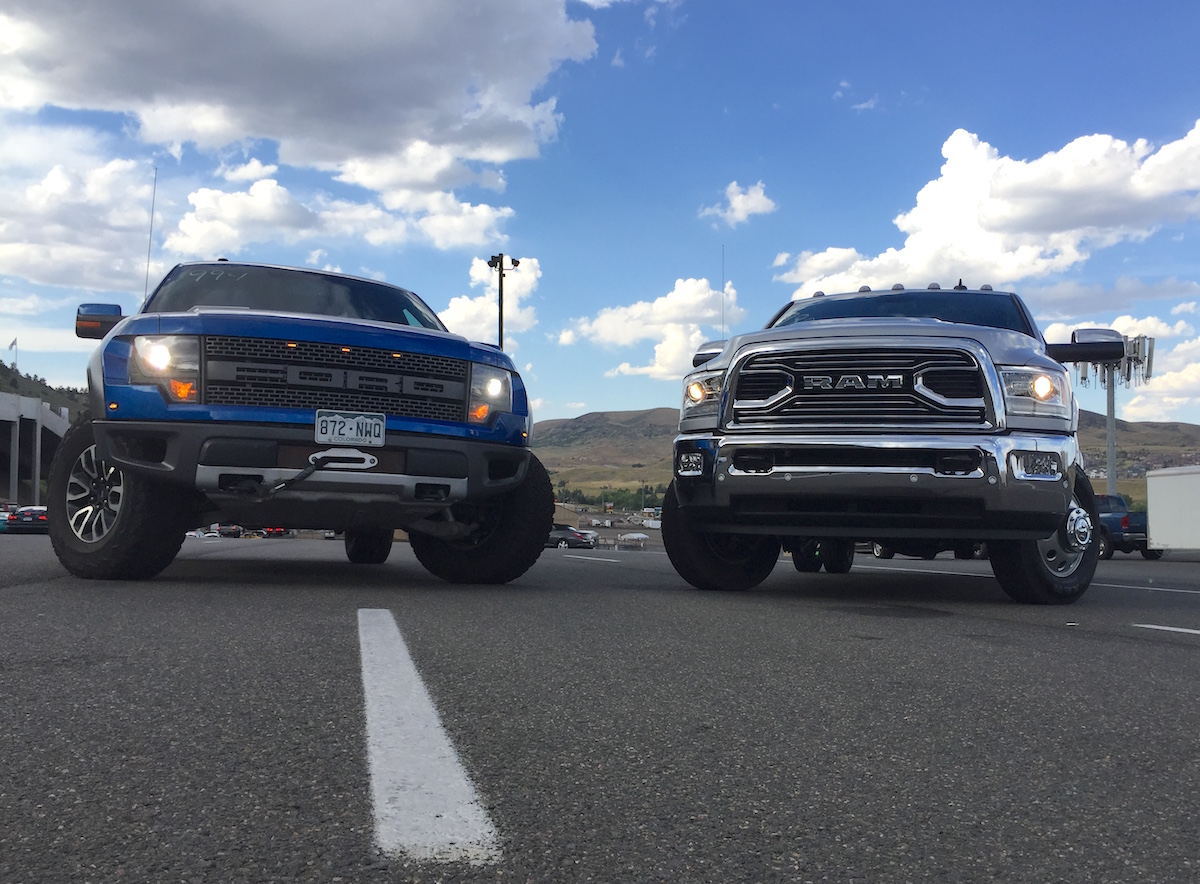Here’s our latest Ram 1500 MPG experiment, as part of the Let’s Find Out series!
There’s the old myth that driving with your tailgate down will make your truck more aerodynamic. Better aero, better MPG, therefore you should drive with the tailgate down to save money. It sounds good in theory. However, things are very different in practice. Mythbusters tested the myth years ago, and we decided to repeat the test to get a specific MPG figure.
Recently we have tested a number of MPG devices on our Ram 1500 Classic “Stubby.” Everything from the chin spoiler, to a tonneau cover and the tow mirrors up versus down. To keep consistency, we used Stubby for this test as well. First we had to run a control test to make sure that our baseline was accurate to the day’s conditions. Temperature, wind and even humidity can impact the way a vehicle runs. We also removed the tonneau cover so that the tailgate would come into play.
How we conducted the MPG test
We ran our typical 57-mile highway loop on E470 here in Colorado. The drive route is almost exclusively highway driving. Speeds vary from 65 to 75 mph, though the majority is at 75. Higher speeds help us isolate aerodynamic factors since aero is most relevant at speed. To keep the driving consistent, we kept cruise control on and did both loops back-to-back so that the weather conditions would remain the same.
Our first loop with the tailgate up ended in 21.8 mpg. We then dropped the tailgate and repeated the test. We already looked ridiculous driving loop #1 thanks to the stickers Nathan put onto the truck. (You can check out that video here.) Driving around with the tailgate down both Alex and I looked even more ridiculous. That’s the great sacrifice we made for science. When we finally got back to the station, we needed up getting only 20.15 mpg.
Not only does driving with the tailgate down look bad, it makes your fuel economy worse. Modern trucks are designed intentionally to work best in their regular form. Dropping the tailgate interferes with the intended aerodynamics so whenever possible, leave them up. To see how we conducted the test, check out the video linked below.


















![Which is More Reliable: 3.5L EcoBoost or 5.0L V8? [Reader Question] Second-generation 3.5-liter EcoBoost engine](https://tfltruck.com/wp-content/uploads/2016/05/Second-generation-35-liter-EcoBoost-engine.jpg)
![Which Silverado Engine to Get: 5.3L or 6.2L V8? [Ask TFLTruck] 2016 chevy silverado](https://tfltruck.com/wp-content/uploads/2015/10/2016-chevy-silverado-grille.jpg)
